How To Replace A Shower Head | Gainsville Mechanical
Tired of your outdated, worn showerhead? Replacing the shower head is the easiest option. With a new one, you can transform how you feel during showers and even save on water bills by opting for a water-saving model.
If your house's water pressure is too low, you can also select a high-pressure shower head. Depending on your model, a new showerhead might cost anywhere from $25 to $500. Let us guide you through the shower head replacement process.
Shower Head Varieties to Choose From
The sheer variety of shower heads can be overwhelming if you're unprepared. With options like handhelds, wall mounts, top mounts, and more, it's essential to research and understand the styles and models available.
Some of them might have exclusive features like adjustable pressure or water-saving qualities. Some may come with options like temperature control, music, lights, and call receivers to elevate your showering experience.
Most standard showerheads release 2.5 gallons per minute, but if you prefer a lower flow, opt for showerheads labeled as 2 gallons per minute or less. Look for the EPA WaterSense label for efficient water usage.
Equipment Required for Shower Head Pipe Replacement
Revamp your shower and enhance your bathing experience with our guide on replacing a shower head. Discover the necessary equipment and follow our step-by-step instructions to install your new shower head effortlessly. Get ready to transform your daily showers into a spa-like retreat.
- Slip-Joint Pliers
- Thread Seal Tape/ Teflon tape
- Adjustable Wrench
- Soft Rag or Towel
- A New Shower Head
Steps to Replacing A Shower Head
Elevate your shower experience with our easy-to-follow steps for replacing a shower head. Upgrade to a new model and enjoy a rejuvenating and water-efficient bathing routine. Follow these simple instructions to get started.
Turn the Faucet Off: Before removing the old shower head, turn off the water faucet. No need to shut off the entire home's water supply. Unscrewing the shower head without turning off the faucet can spray water everywhere.
Remove the Shower Head: First, try to figure out if you can remove the shower head by hand. Turn it counterclockwise a few times. If it doesn’t budge, you might need tools for the job.
You must work on the pipe connecting the shower head to the wall, known as the shower arm. Take slip-joint pliers and wrap thread seal tape around its jaws. Now grip the shower arm with these pliers. Next, loosen up the shower head using an adjustable wrench anticlockwise. Keep twisting the wrench until the shower head comes off.
Clean the Shower Arm: Ensure a smooth installation of your new shower head by properly cleaning the arm. Follow our instructions to prepare your shower arm for a seamless shower head replacement. Get ready to enjoy a revitalizing showering experience in no time.
- Take a rag to clean off the shower arm.
- Clean off any rust, minerals, deposits, debris, and dirt.
- Remove old tape and sealant remaining around the shower arm.
- Don't skip this step — making the installation easier and obtaining better pressure and cleaner water from the new shower head is necessary.
Wrap Teflon Tape on Shower Arm Threads: Now, apply your thread seal tape on the shower arm threads in a clockwise direction two to three times. Ensure the tape is secure by pressing it. When you install the new shower head, this tape ensures there are no leaks in between.
Screw the Shower Head Replacement: Now it's time to install the new shower head you bought. Depending on the type of showerhead, the installation process varies.
Wrap Teflon tape around the threads of the new shower head to create a tight seal. Then you can easily install a wall-mount or top-mount shower head by hand. Simply attach the shower head to the arm and twist it clockwise until you secure a tight fit.
A handheld shower head also comes with a shower mount and hose. Connect the mount to the shower arm by twisting it clockwise. Now connect the hose to the mount and the shower head by turning it by hand.
A combo shower head installation is quite similar. First, you need to attach the diverter to the shower arm similarly. Now the shower mount gets connected to the end of the diverter. In the end, screw the hose to the mount and shower head.
Check For leaks: When you're done replacing the shower head, don't forget to check for leaks. Turn the water on to look for any water seeping from the joints. If you discover leaks, turn off the water to disassemble the head. Now use the Teflon tape once more to secure the shower arm thread before you screw the shower head again. After reinstalling it, turn on the water to see if the joints still leak.
Here we have only discussed replacing shower heads that don't require shower pipe replacement. But if found faulty, you might also need to change the shower arm. You must read the manufacturer's instructions to replace the shower arm and head. Most shower head pipe replacements can be installed easily by hand and using a few tools. But if you find things too complicated during a shower head pipe replacement, get help from technicians.
And you'll find highly-skilled and certified plumbers at Gainesville Mechanical Inc to assist you with plumbing repair and replacement. As Gainesville's trusted HVAC service provider since 1989, our professional team prioritizes your comfort and satisfaction. To give your shower the best plumbing services around northeast Georgia, contact us today and book an appointment.
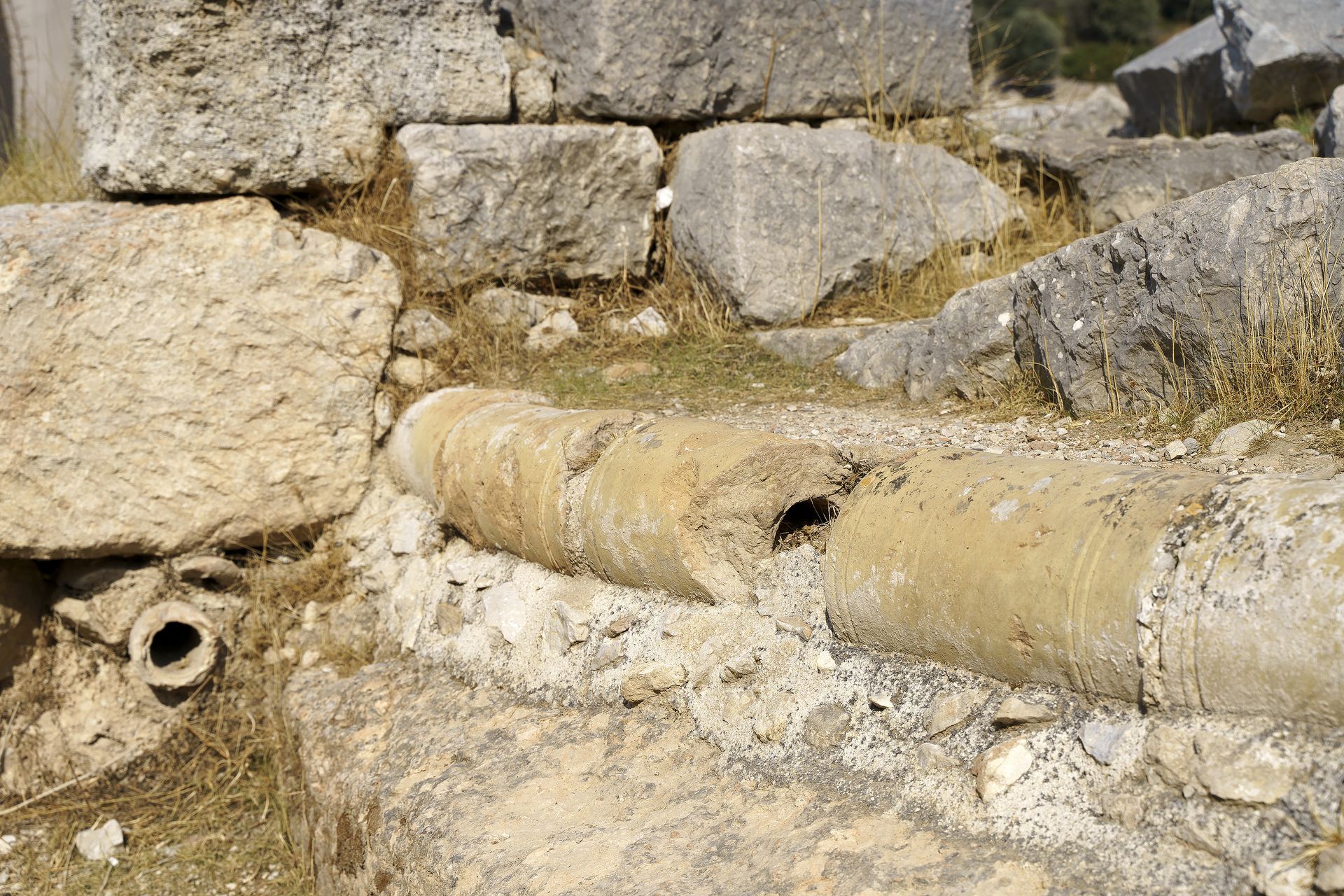
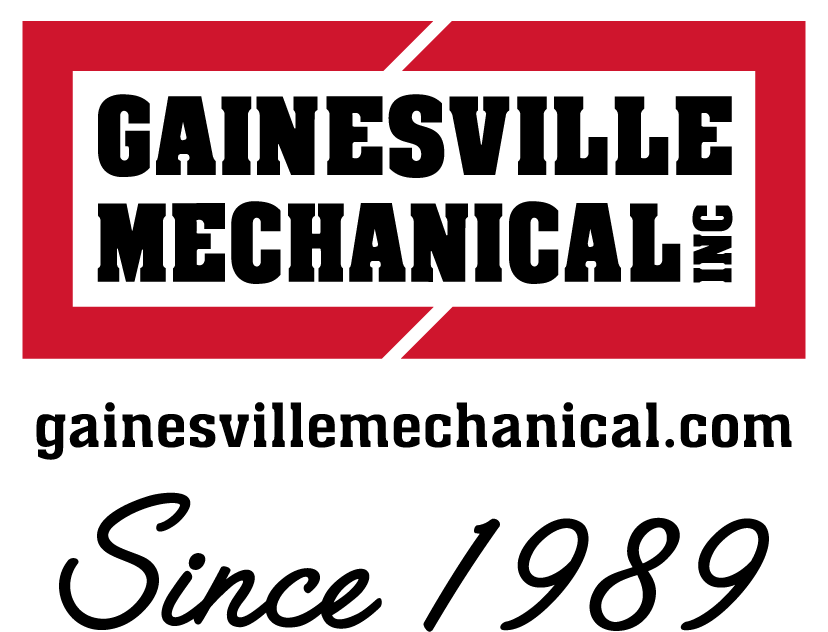

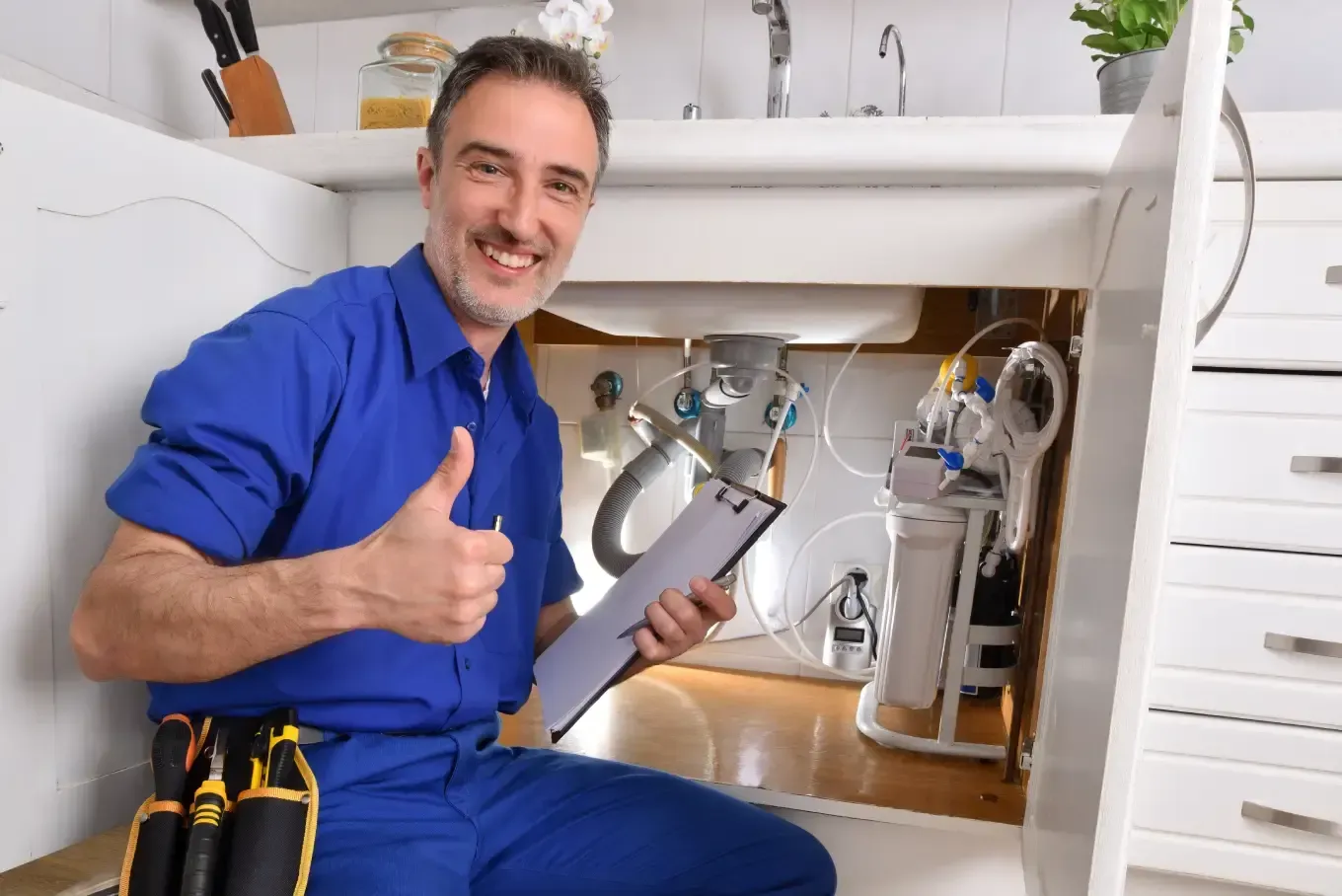
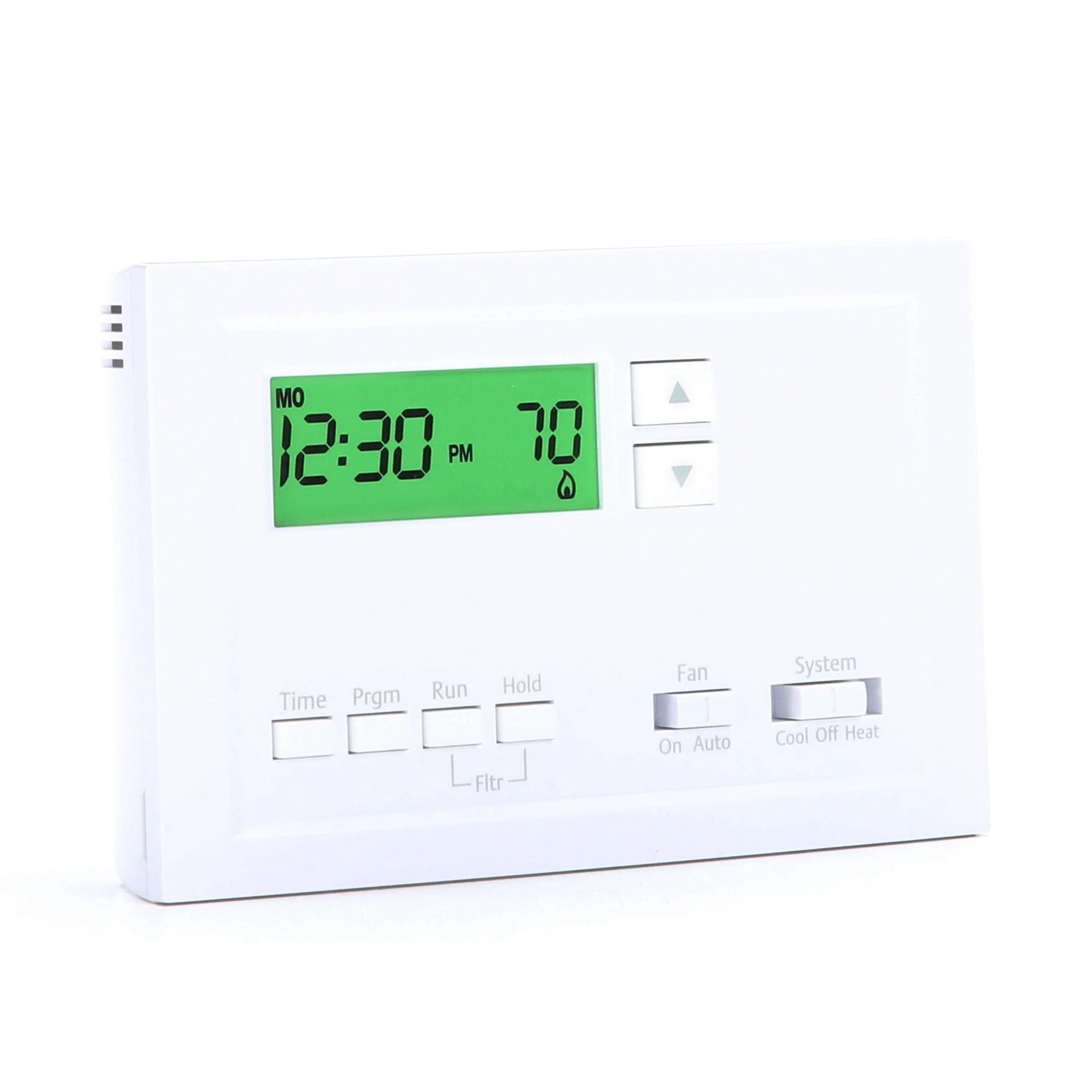
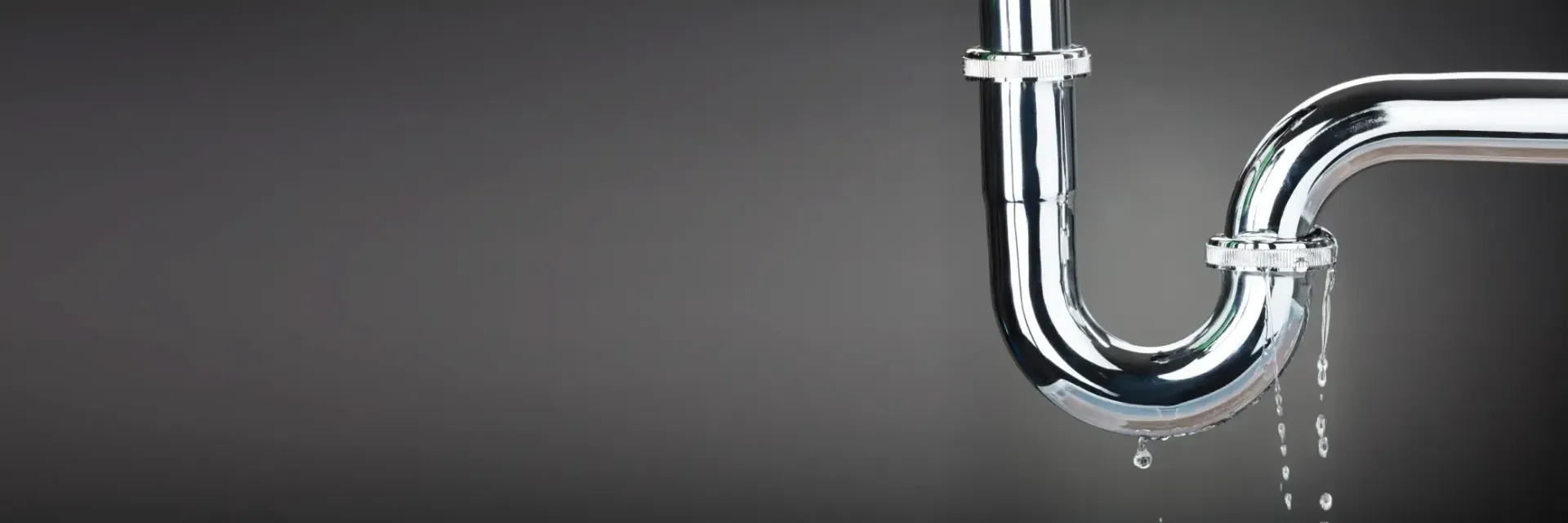
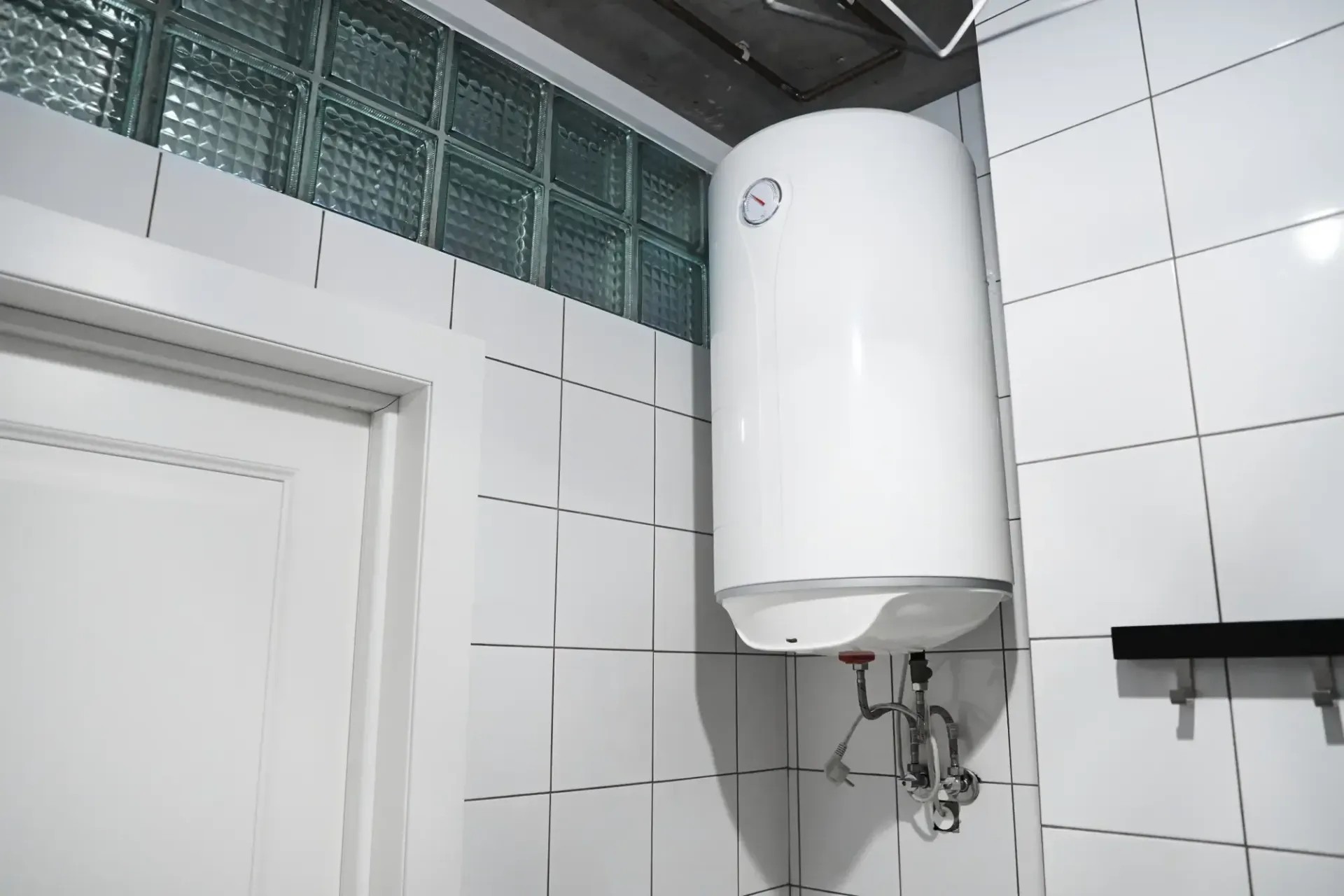
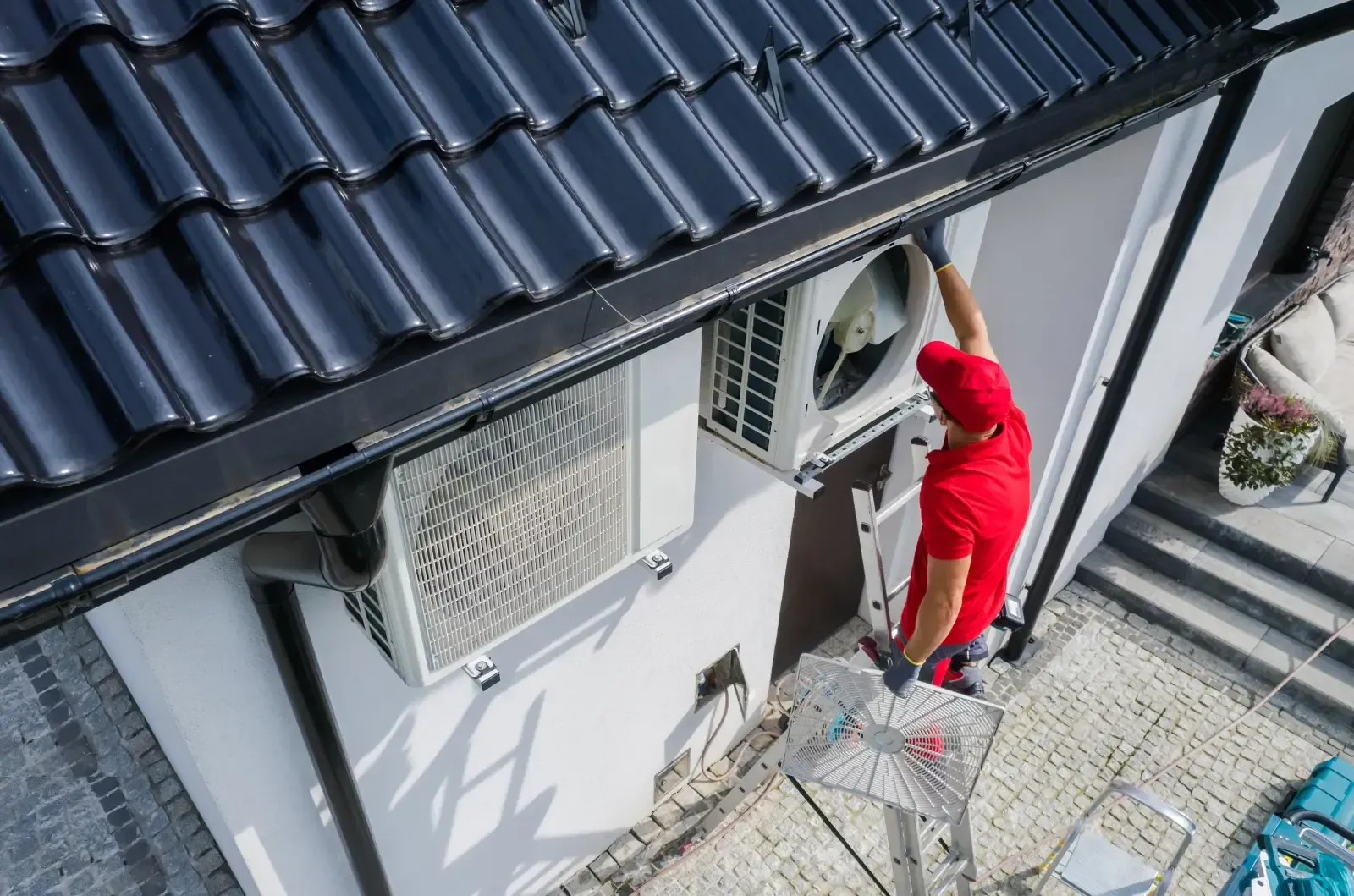
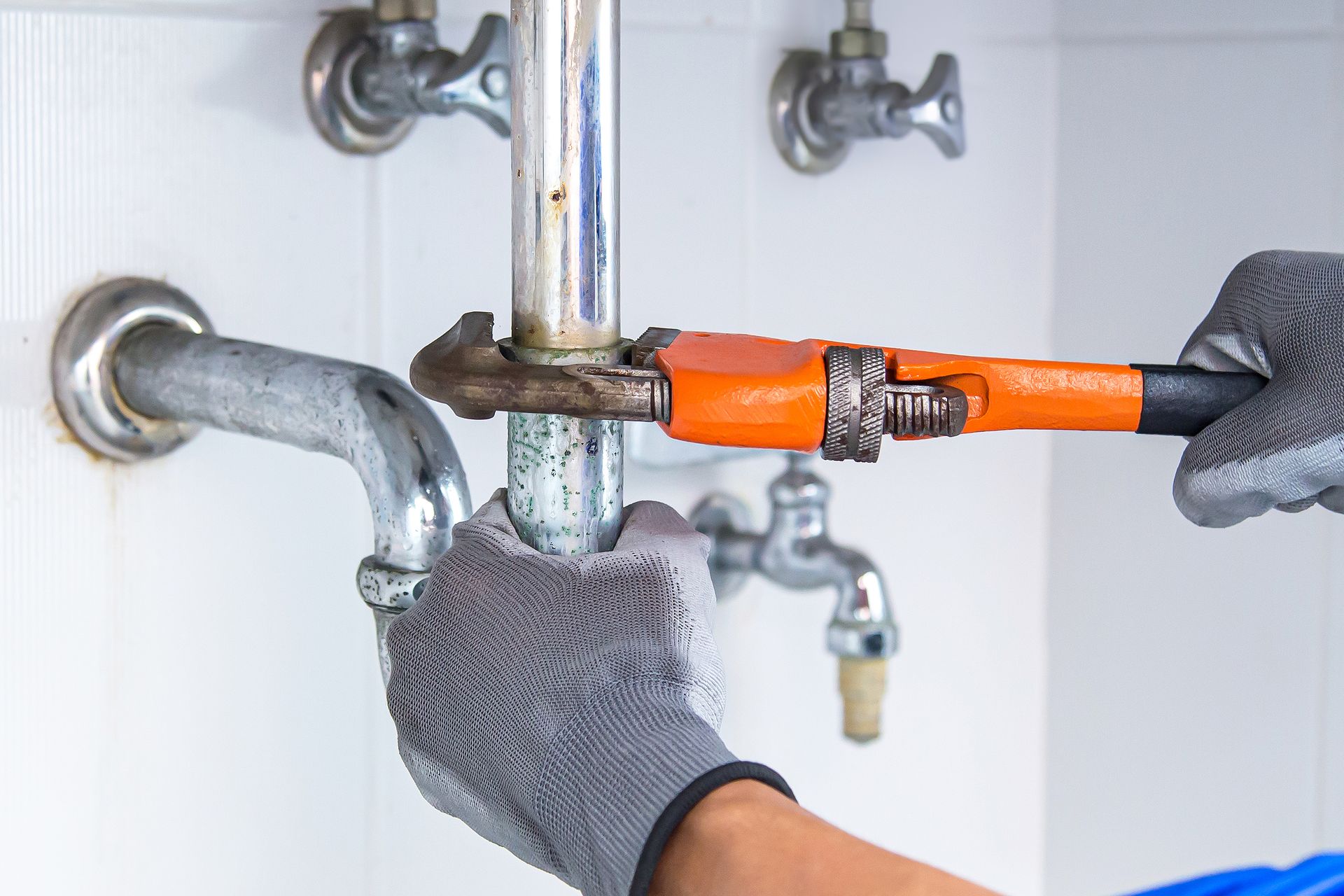
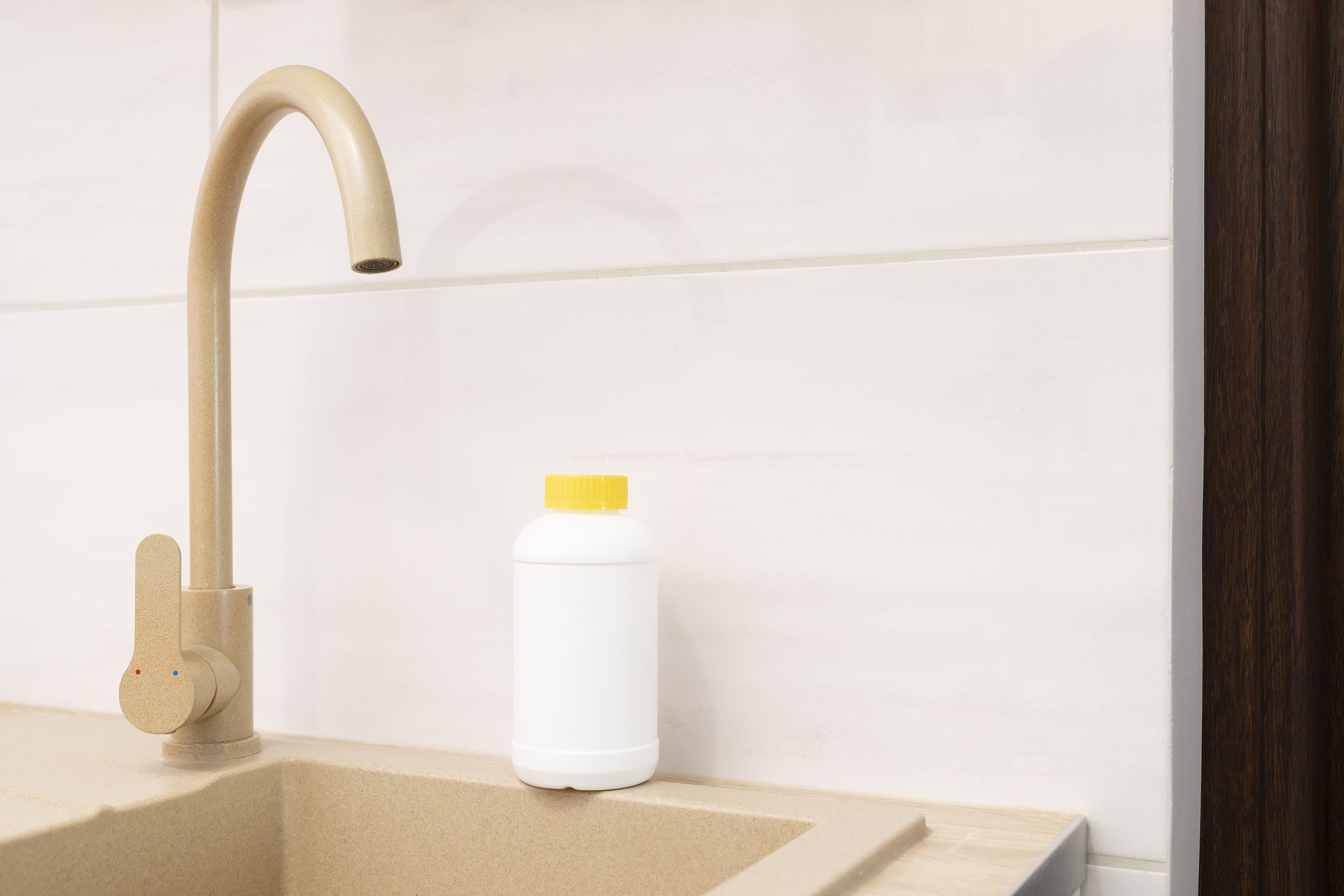
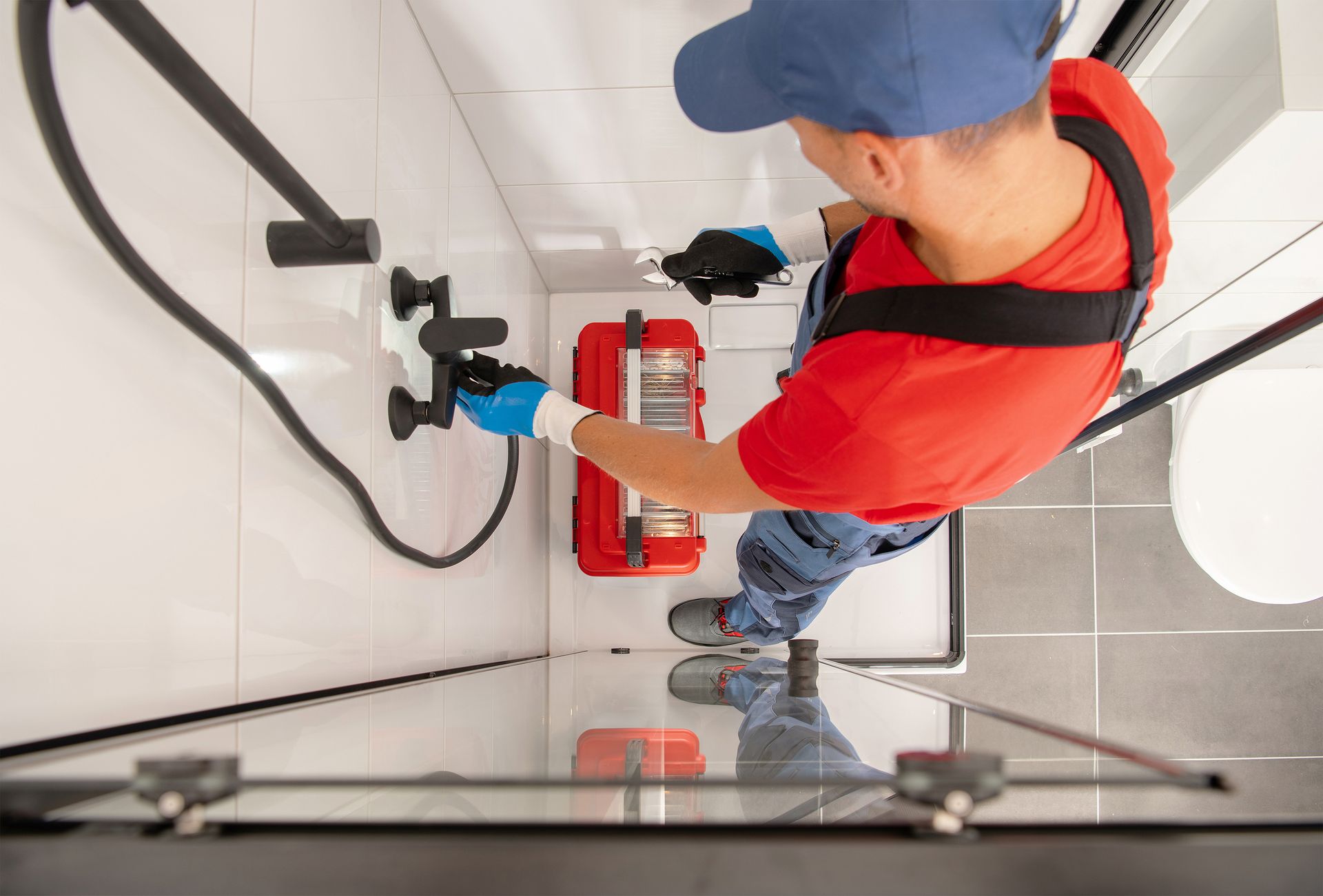
Share On: